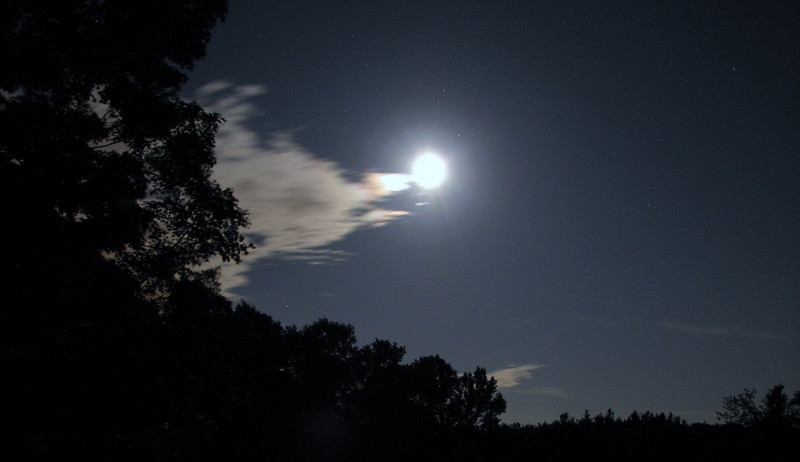grouseking
Well-known member
For the first time, I attempted a few night time shots, and have now become quite interested in what I can do. I think the max exposure time I can have is 15 seconds, so that is what I shot last night. The moon helped the light out in a few of the pics.
Positive critiques and happy comments are welcome. This is my first time trying this out so I'm fragile.
First pic: I've always wanted to take a picture like this, along a road. Now I need to get to a city, and find a way to get that annoying glare spot that is to the left in the tree.

These next two I'm not sure if I really "like" but I enjoy how they came out because I've never shot this way before.
This pic is kind of neat because you can see the cloud movement over the 15 seconds. Plus they are lit up by the moon.

And finally, this one has grown on me a little. I don't know how much I like the glare of the moon, but I like the clouds and the trees.

Positive critiques and happy comments are welcome. This is my first time trying this out so I'm fragile.
First pic: I've always wanted to take a picture like this, along a road. Now I need to get to a city, and find a way to get that annoying glare spot that is to the left in the tree.

These next two I'm not sure if I really "like" but I enjoy how they came out because I've never shot this way before.
This pic is kind of neat because you can see the cloud movement over the 15 seconds. Plus they are lit up by the moon.

And finally, this one has grown on me a little. I don't know how much I like the glare of the moon, but I like the clouds and the trees.






